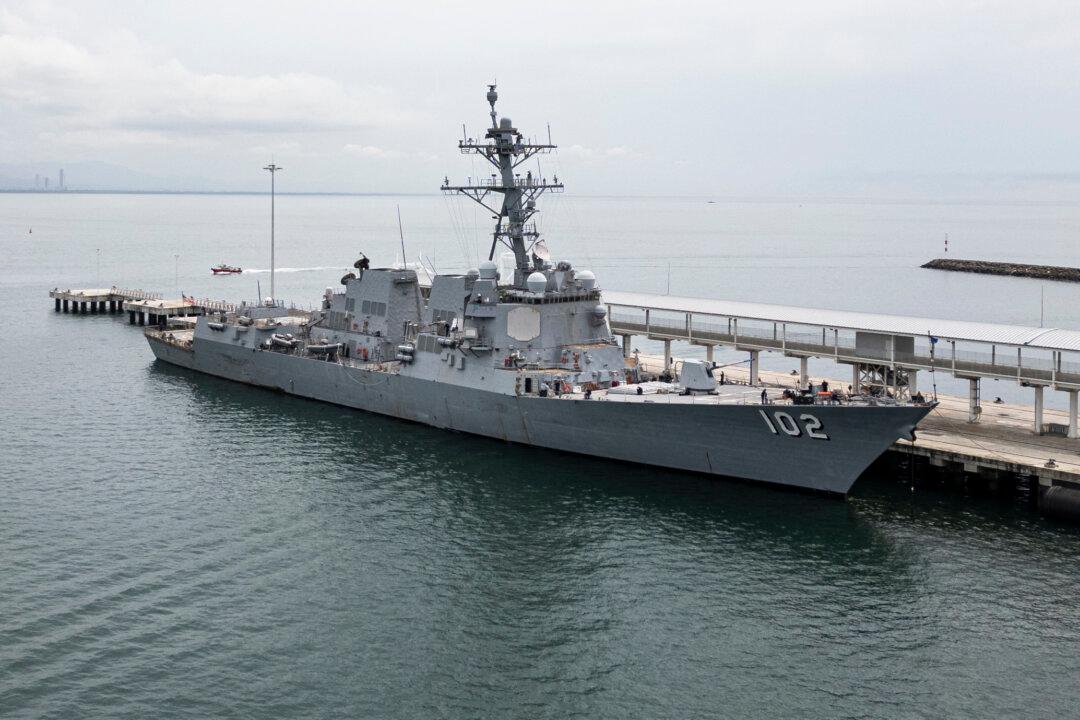Wednesday, Oct. 12, 2011
THEN On Oct. 12, 1492, Italian explorer Christopher Columbus reaches the New World, landing his ships in the Bahamas after setting sail from Palos, Spain, months earlier. Columbus becomes the first European to explore the Americas since the Vikings in the 10th century. Upon reaching the Americas, Columbus claims the land for Queen Isabella and King Ferdinand of Spain—the sponsors of his voyage. Columbus returns to Spain with gold, spices, and captives in March 1493 and is received with the highest of honors from the King and Queen. In modern times, the success of Columbus’s exploration of the Americas is tempered by critics who call attention to the fact that his expedition symbolizes the beginning of a legacy of European colonization and slavery in the Americas. NOW Today, after nearly 20 years of being shuffled around North America, a giant bronze statute of Christopher Columbus—approximately 300 feet tall—is set to go up in Puerto Rico in honor of the famous explorer. The huge monument will be the tallest structure in the Caribbean and among the tallest statues in the world, with a height only several feet less than that of the Statue of Liberty in New York City, which stands at 305 feet. The Christopher Columbus monument, which was designed by Russian artist Zurab Tsereteli, was originally intended to grace the skies of a major U.S. city. However, after being carted around to multiple cities in the United States, it looks like the monument will finally be erected in Puerto Rico, if all of the necessary permits, including one from the Federal Aviation Administration, are obtained.




